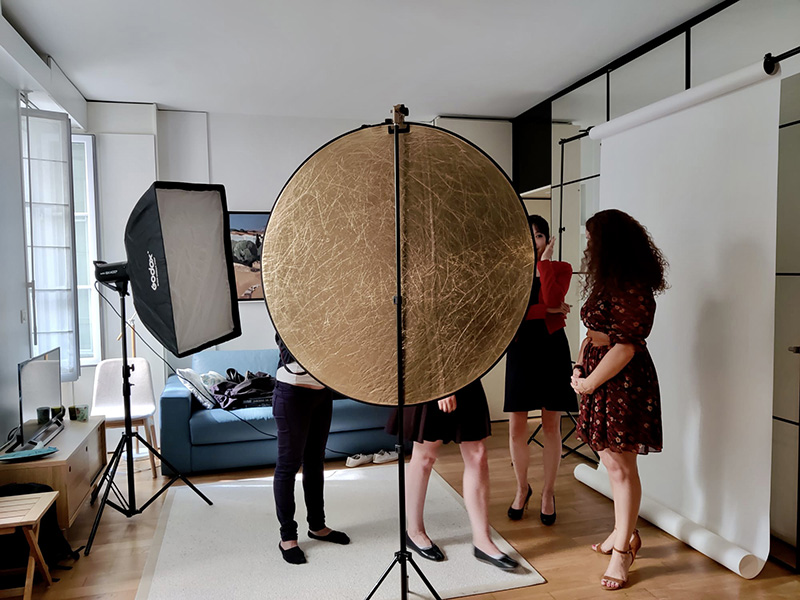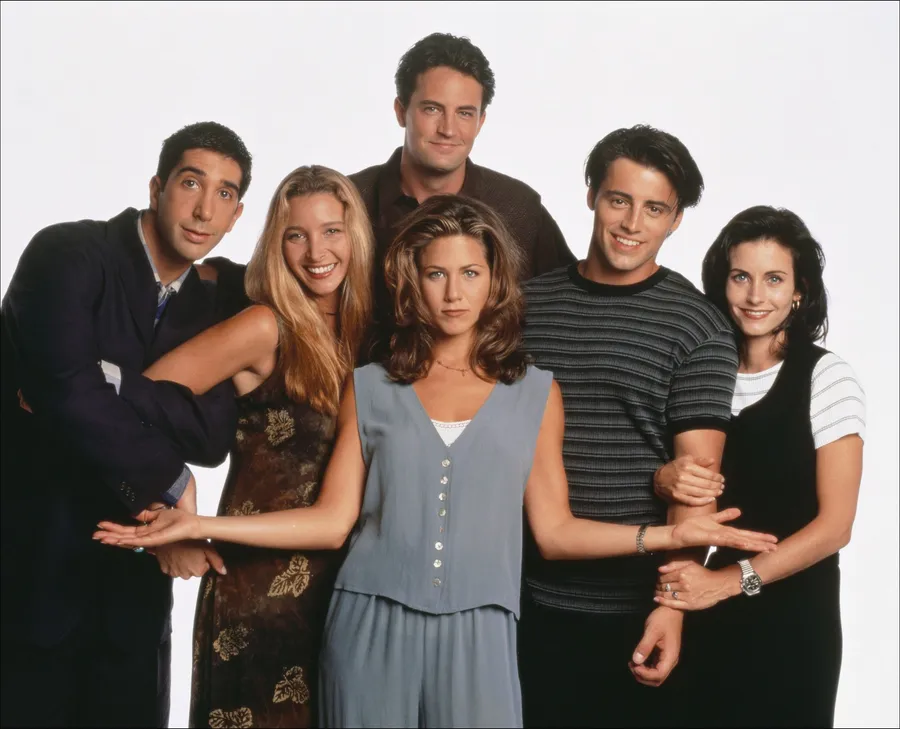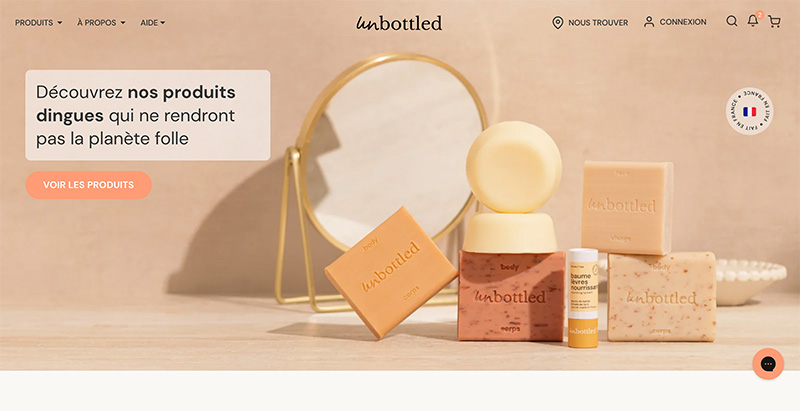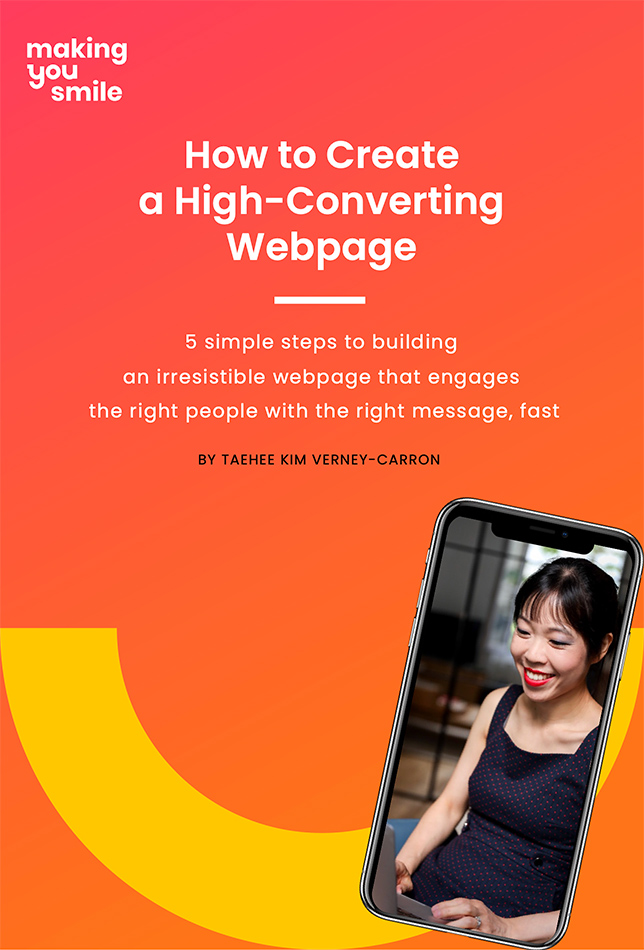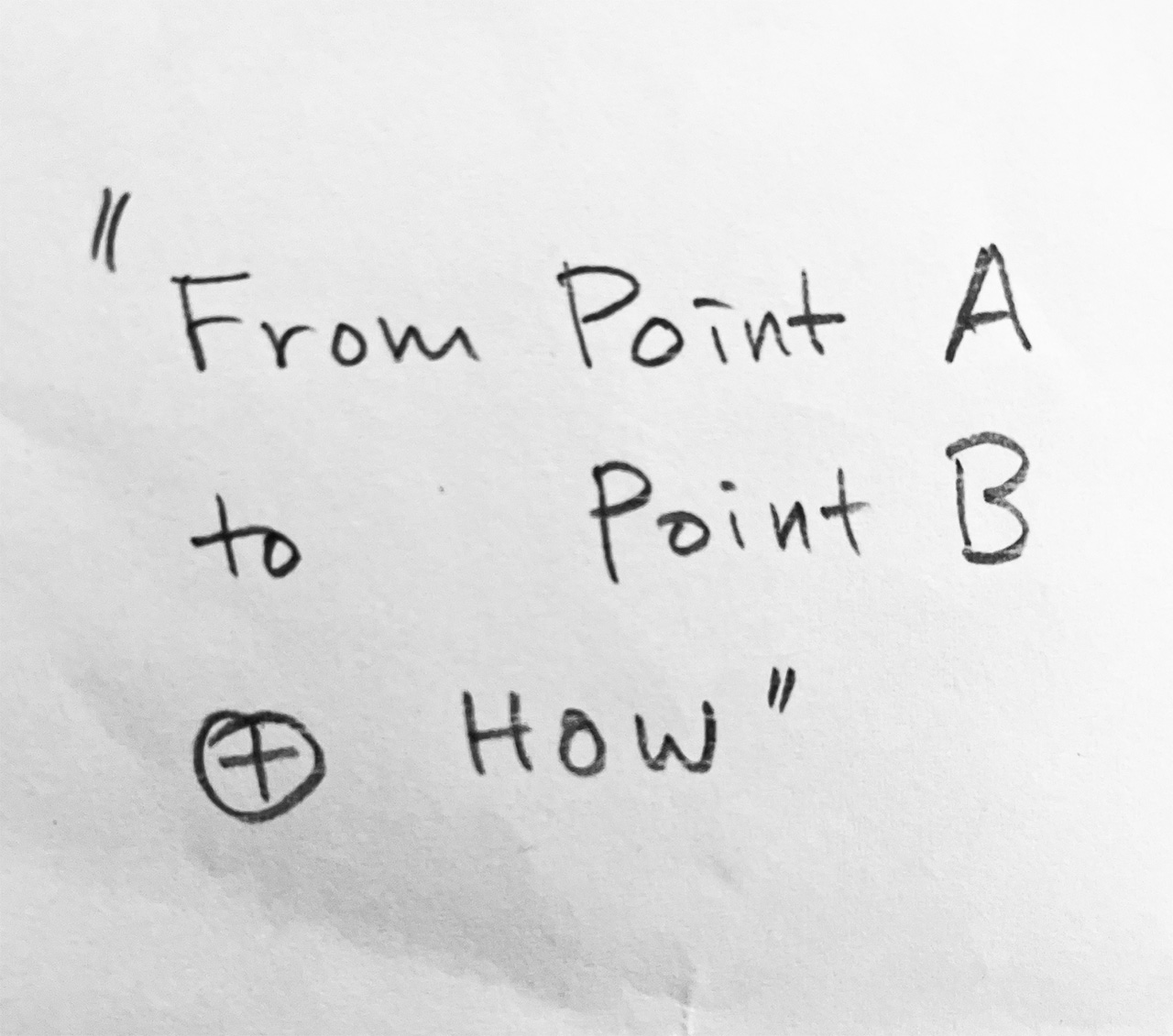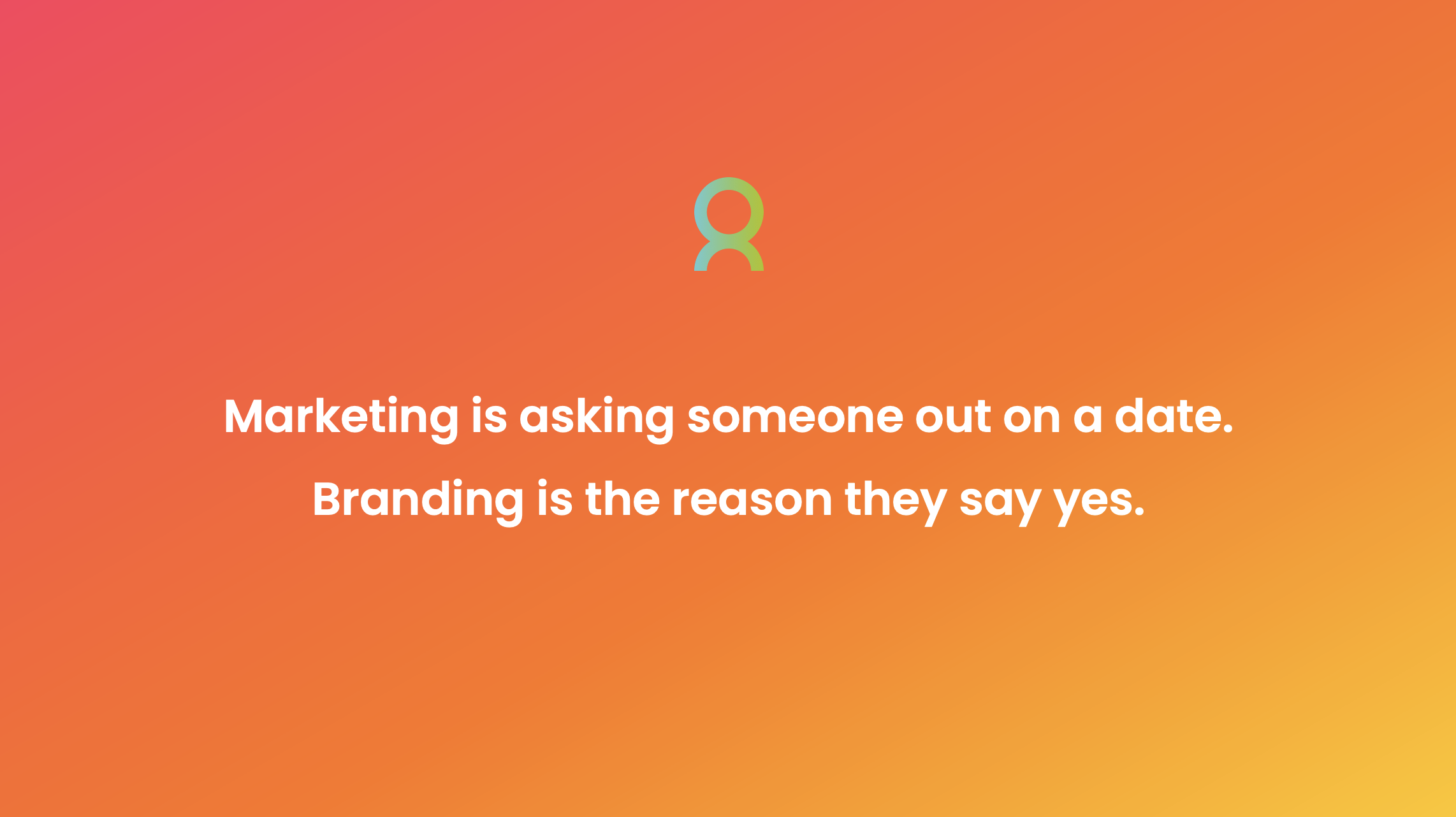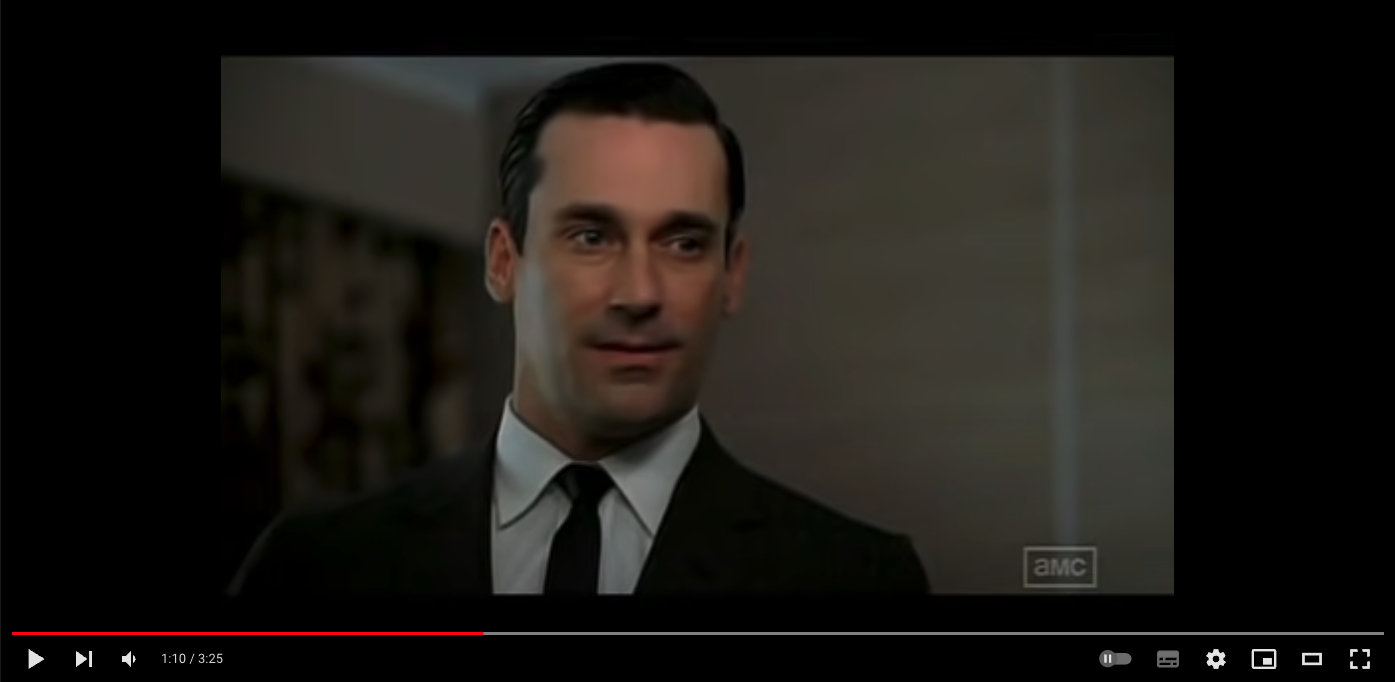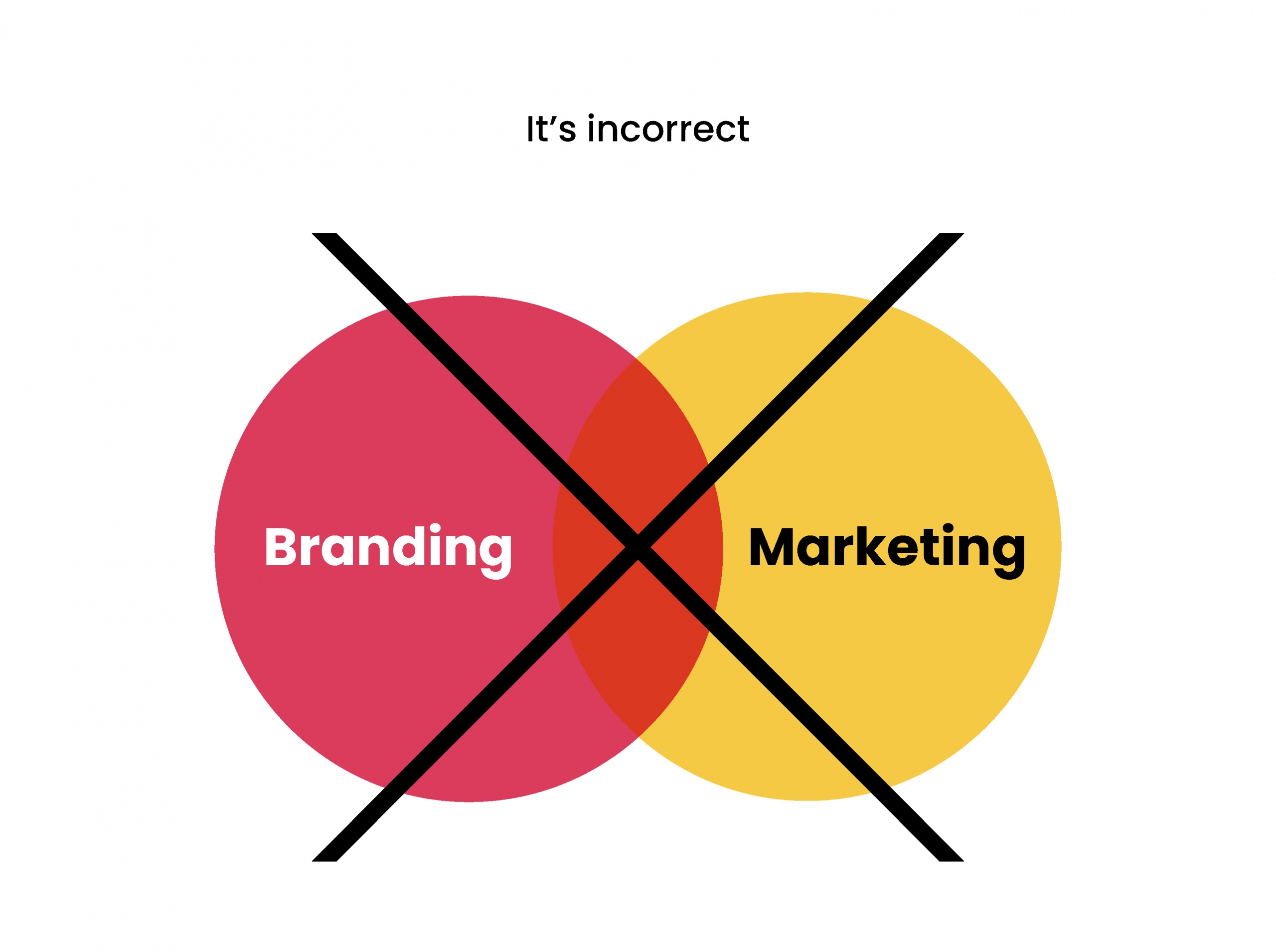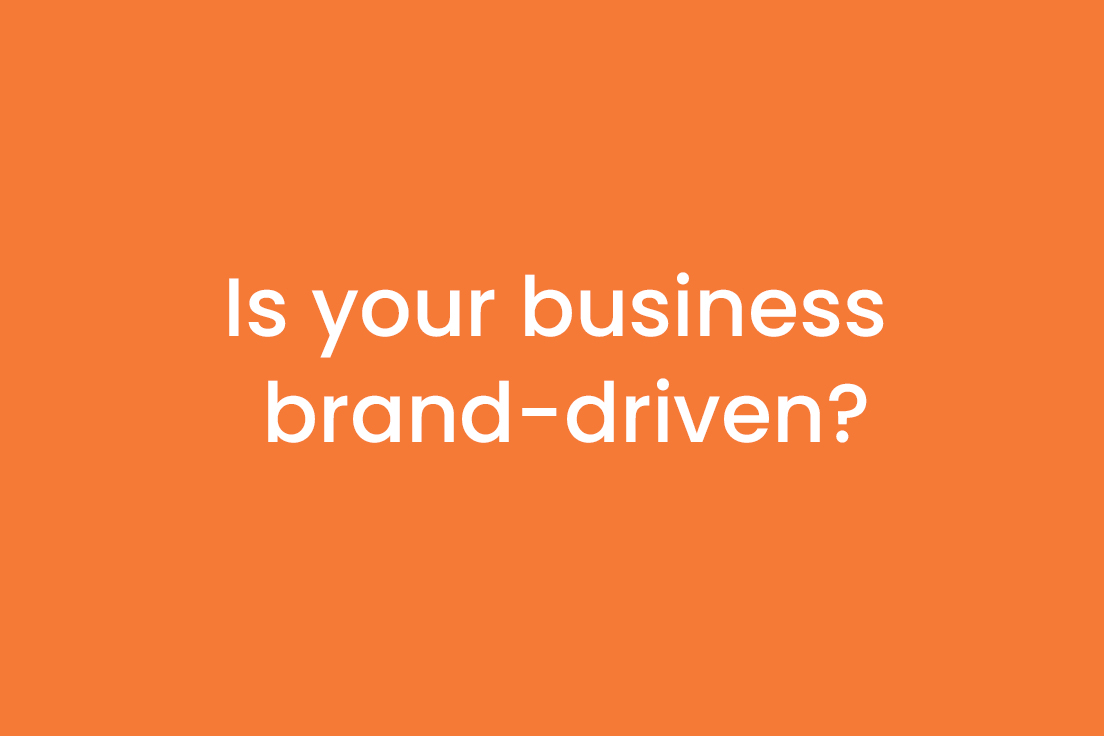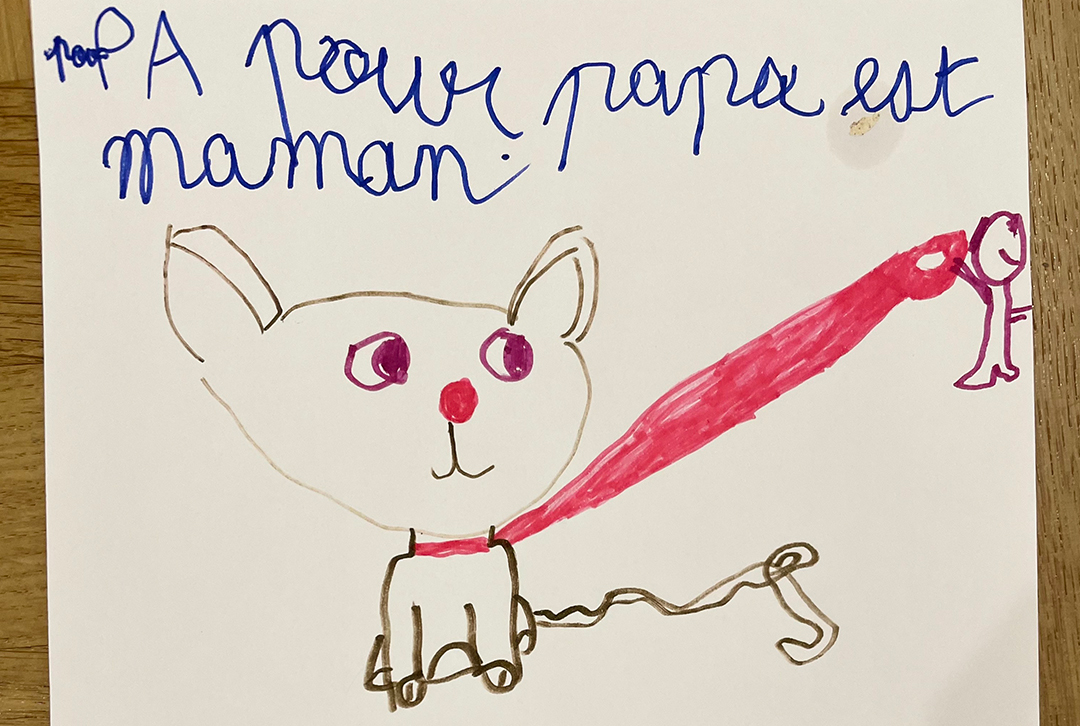The power of storytelling and how it applies to branding
#Branding #Business #Marketing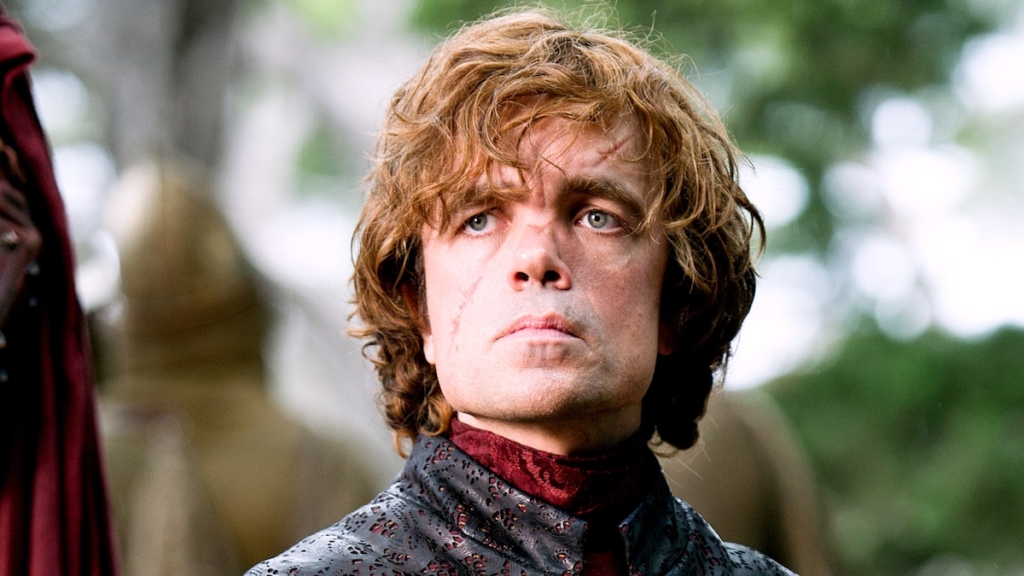
“What unites people? Armies? Gold? Flag?
Stories.
There’s nothing in the world more powerful than a good story. Nothing can stop it. No enemy can defeat it.” – Tyrion Lannister
If you’ve watched the final episode of Game of Thrones, you probably remember this short but powerful speech given by Tyrion, one of the show’s most compelling characters.
Indeed, stories are everywhere in our lives.
Every culture has its own stories to tell their children to teach how the world works and nurture their emotions. We watch series on Netflix, read fiction, go to the movies, and spend time everyday listening to our friends, children, and parents telling stories just about everything.
Why are we all so wired to stories?
“The human mind is a story processor, not a logic processor” argues Jonathan Haidt, the well-known American social psychologist.
Storytelling has become a particularly popular way of communication in the business world, too.
Delivering data and straight facts alone wouldn’t make your message stick in people’s minds. Human beings respond to emotions. To captivate your audience’s attention better and make the message memorable, you’ve got to make them “feel” something.
The same goes for branding and marketing. Brand storytelling is probably one of the things that leaders and marketers are most eager to implement these days.
What is brand storytelling then?
Many people define brand storytelling as the art of using narrative techniques to create an emotional connection with an audience.
We agree that it’s certainly about creating bonds with your audience on a deeper emotional level. However, we believe we should be more careful when it comes to saying that it’s about using a “narrative”.
Why?
Because unlike the way classic storytelling does (whether it’s done in a business context or at school for little children), brand storytelling doesn’t necessarily help audiences identify with events. In other words, brand storytelling doesn’t always have all the basic elements that consist of a story such as character, setting, plot, conflict, and resolution.
Storytelling in branding is used to help brands be associated with a strong, enduring message that creates consistent emotions.
It should be done over time and across different branding elements and customer touchpoints. These can be the brand name, logo, product design, your website or social media, advertising, and staff or organizational culture, to name a few.
Look at Airbnb.
It’s often mentioned as one of the best storytelling brand examples. Airbnb’s storytelling is centered around how this global online marketplace for short-term homestays gives consumers real life experiences anywhere in the world. But this story isn’t always told with a full narrative.
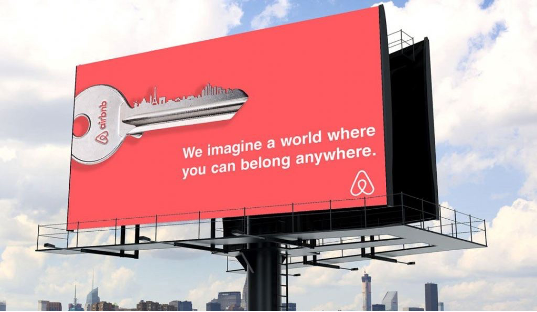
Airbnb billboard (source: medium.com)
Another good example of brand storytelling is Chaumet.
The luxury Parisian “Maison de Haute Joaillerie” tells a unique story by capitalizing on the brand’s glorious history and romantic love.
Its founder, Marie-Étienne Nitot, used to be the personal jeweller to the Empress Joséphine, the iconic figure of the time also known to have been madly loved by Napoleon. And this story is told, directly or indirectly, through numerous things that shape the brand experience including the logo, product design, and communications.
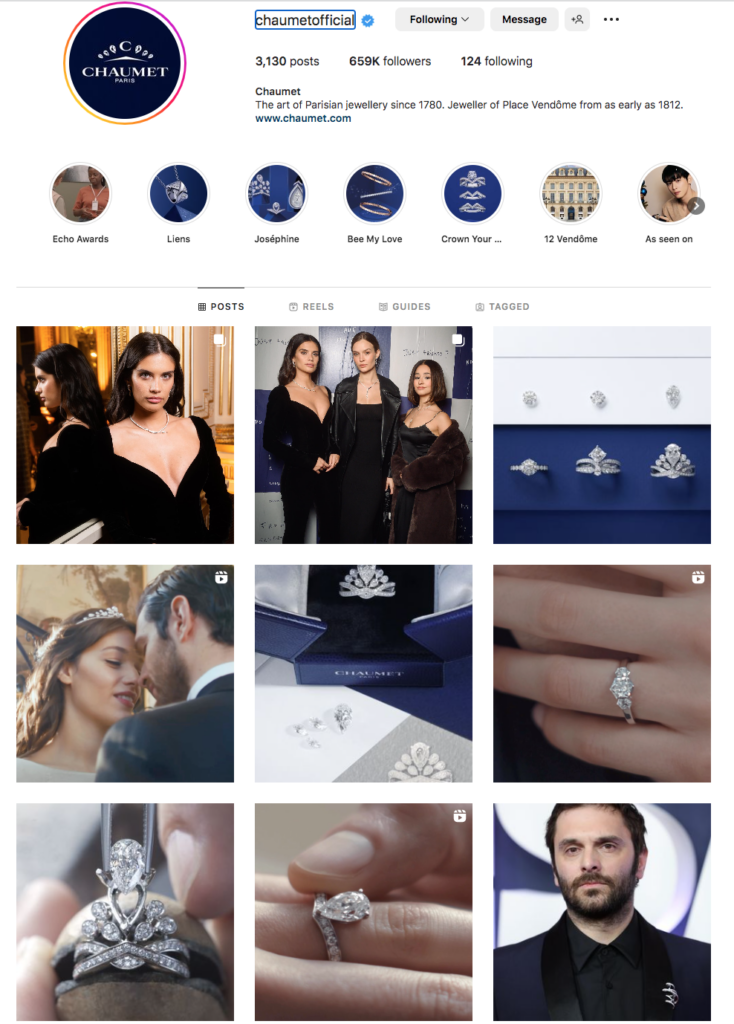
(source: www.instagram.com/chaumetofficial)
What are the most fascinating brand storytelling examples that you can think of? Please feel to comment below.


